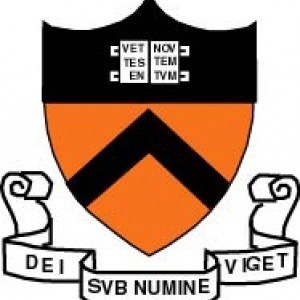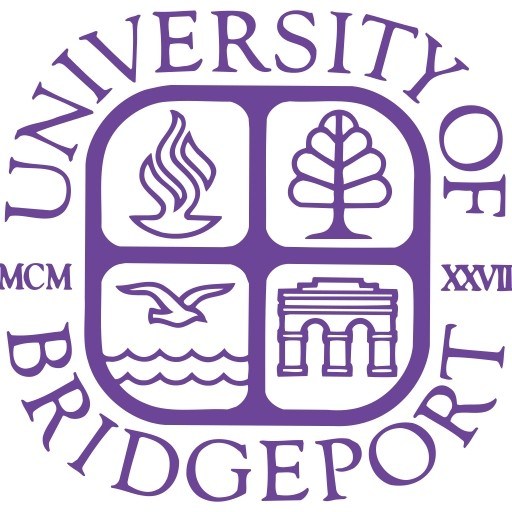Photos of university / #ucsandiego
The next step in the wireless revolution is the connection of everyday devices through wireless technology. Embedded wireless technology is expected to explode in the next decade, and touch nearly every market sector from personal electronics and medical devices, to the transportation infrastructure and manufacturing.
Next generation embedded wireless devices have unique requirements that dictate a holistic approach to their design. Their form factor, cost, and power consumption must be dramatically lower than existing cellular phones. The design of these devices requires a unique interdisciplinary background in systems, software, hardware and communication theory.
The Masters of Advanced Study Degree (MAS) in Wireless Embedded Systems offers a new cross-disciplinary education paradigm, designed to provide high-level training for professional engineers who plan to become technical leaders in the burgeoning field. The degree is conferred by the University of California, San Diego (UCSD) and is managed by the departments of Electrical and Computer Engineering and Computer Science and Engineering at UCSD.
The program begins Fall quarter and can be completed in two years of consecutive Fall, Winter and Spring quarters; no courses are conducted during the summer. The second year culminates with a team capstone project. The capstone team project (4 units) requires a combination of in-class, laboratory, and off-campus work. It provides an opportunity for students to integrate knowledge acquired over previous quarters in a written report and oral presentation.
Courses
Fall Quarter-Year One
Digital Signal Processing
Review of discrete-time systems and signals, Discrete-Time Fourier Transform and its properties, the Fast Fourier Transform, design of Finite Impulse Response (FIR) and Infinite Impulse Response (IIR) filters, implementation of digital filters. Sampling and quantization of baseband signals; A/D and D/A conversion, quantization noise, oversampling and noise shaping.
Winter Quarter-Year One
Introduction to Embedded Systems Design
Embedded system technologies including processors, DSP, memory, and software. System interfacing basics, communication strategies, sensors and actuators. Mobile and wireless technology in embedded systems. Design case studies in wireless, multimedia and/or networking domains.
Spring Quarter-Year One
Software for Embedded Systems
Embedded computing elements, device interfaces, time-critical I/O handling. Embedded software design under size, performance, and reliability constraints. Software timing and functional validation. Programming methods and compilation for embeddable software. Embedded runtime systems. Case studies of real-time software systems.
Wireless Communications Circuit Systems
Link budgets and wireless propagation. Concepts of noise and distortion limits in wireless systems. Review of system architectures and simple modulation and demodulation concepts. Source coding and channel coding. Overview of popular wireless standards.
Fall Quarter-Year Two
Validation and Prototyping of Embedded Systems
Embedded system building blocks including IP cores. Co-simulation. Formal verification using model checking. Verification environments. Test challenges in core integration: compliance, feature, random and collision testing. Core access and test integration. Interface-based verification and standards.
Digital Communications Systems
Experiments in the modulation and demodulation of baseband and pass-band signals. Statistical characterization of signals and impairments.
Winter Quarter-Year Two
Wireless Embedded Systems on a Chip
VLSI implementations of wireless embedded systems. Architecture Considerations, design techniques for optimized power consumption. Hardware/software tradeoffs.
Digital Communications Systems II
Plan and implement design projects in communications systems: complete end-to-end communications systems project.
Spring Quarter-Year Two
Capstone Project
2-3 person team design project conducted with people who work in the same company, if appropriate. The Capstone design project requires students to demonstrate knowledge gained through the program by designing a device or problem solving of a relevant real-world issue.
Requirements
- Bachelor's degree in engineering, science, mathematics, or physics
- Undergraduate/post-baccalaureate record (a minimum GPA of 3.0 in the final two years of study)
- Two years of relevant work experience or equivalent
- Completed online application for graduate admission
- Transcripts
- GRE results (for those with fewer than 2 years work experience)
- TOEFL, IELTS or PTE Score (for international applicants only)
- Resume or CV
- Statement of Purpose
- Submit three letters of recommendation
- The application fee is $90.00 for US Citizens and Permanent Residents. The non-refundable fee is payable by credit card through the online application. You may also pay by check, following the instructions in the online application. If you choose to pay by check, please note that your application will not be processed until your check has been received.
Want to improve your English level for admission?
Prepare for the program requirements with English Online by the British Council.
- ✔️ Flexible study schedule
- ✔️ Experienced teachers
- ✔️ Certificate upon completion
📘 Recommended for students with an IELTS level of 6.0 or below.
Scholarships
- Global Education
- Different Fellowships and Traineeships











